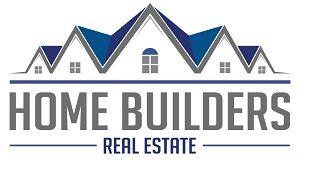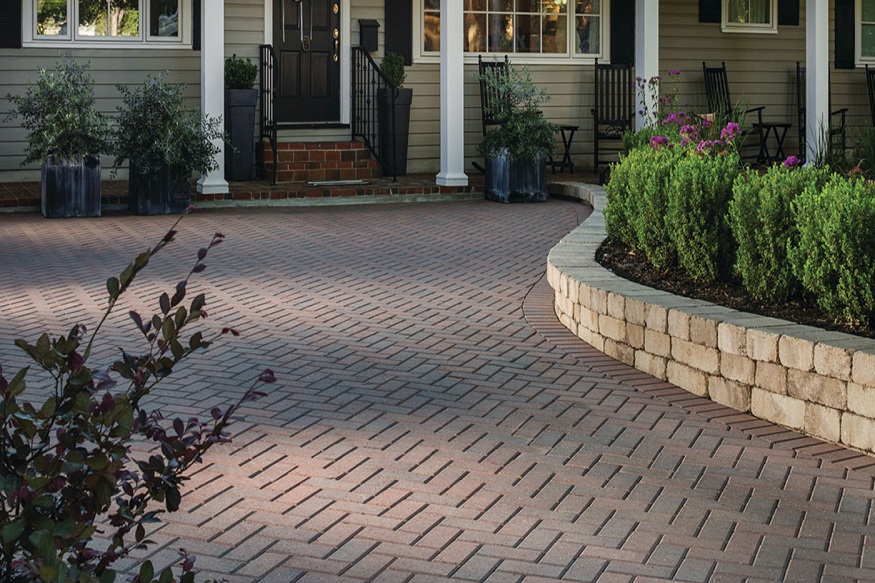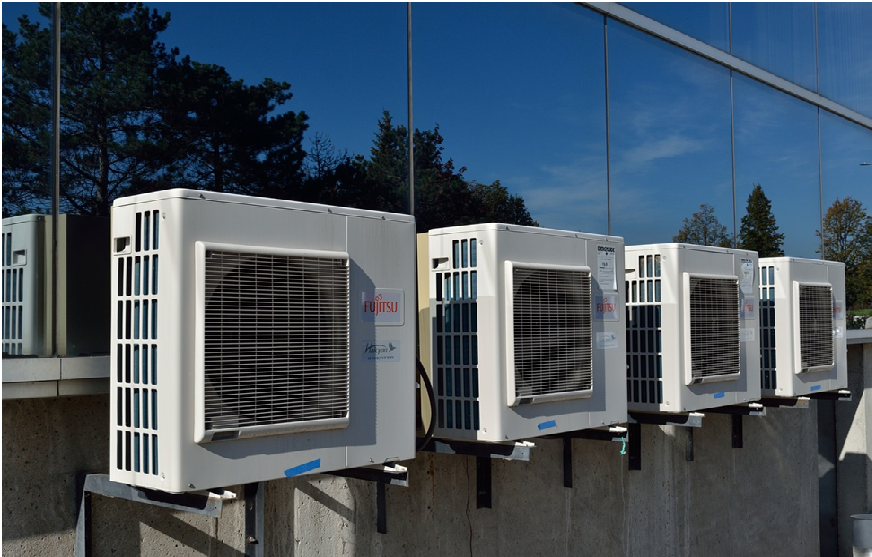Concrete is one of the most durable building materials available, but nothing is impervious to structural degradation if water is not properly managed. Developers and owners alike understand that drainage is not just a detail, but rather the most critical element of ensuring paved areas, sidewalks, and ramps are safe to use, will hold up structurally, and will last a long time. Poor drainage can lead to unnecessary costly repairs, and safety hazards that could be avoided.
How Water Damages Concrete
Water is often the concealed enemy of concrete. Water that drains into small cracks from rainfall or runoff increases its capacity during freezing temperatures to expand the cracks. This diminishes the strength of the system over time until it develops spalling or potholes, or surface erosion. Poor drainage also permits the standing water to drain into the soil beneath the slab and wash it away creating voids below the slab thereby diminishing structural stability.
Developers often underestimate how quickly pavement can deteriorate because of the handling of water. Whether it’s a driveway, a parking lot or an accessible ADA (see here for more) ramp, improperly managed water drastically reduces its useful lifespan. Both asphalt and concrete paving require well-planned drainage systems in order toactually do what it is supposed to do. In areas with heavy rainfall, improper drainage can reduce the lifespan of a slab by several years, requiring an earlier replacement. Clearly, planning for proper drainage is as important as selecting the right concrete mix or reinforcement material.
Signs of Poor Drainage
The sooner you notice signs of drainage problems, the fewer significant repairs you face immediately. For example, after a rainstorm, water pooling on the surface of something hard (large slab, or concrete) is perhaps the most obvious display of poor drainage. Staining, moss, or slippery surfaces are other signs of improper drainage.
Other examples of warning signs include:
- Cracks that appear to be growing outward or becoming deeper over time
- Pavement that has sunken in an area or uneven walkways
- Water pooling near curbs or edges of property
- Ground that is eroding around walkways, driveways, or ramps
These problems often worsen if curb and gutter systems aren’t maintained correctly. In many cases, neglected areas require services such as curb and gutter repair Vacaville to restore proper flow.
If left unaddressed, drainage problems do not stop at just the pavement—they will move into your foundation and basement and create more upheaval. Property owners will consistently spend far more money fixing these issues than they would have if they had simply addressed drainage issues. A neglected drainage system can lead to more than just pavement issues, it can also lead to ice accumulation in the winter that may cause slip hazards on driveways and walkways.




